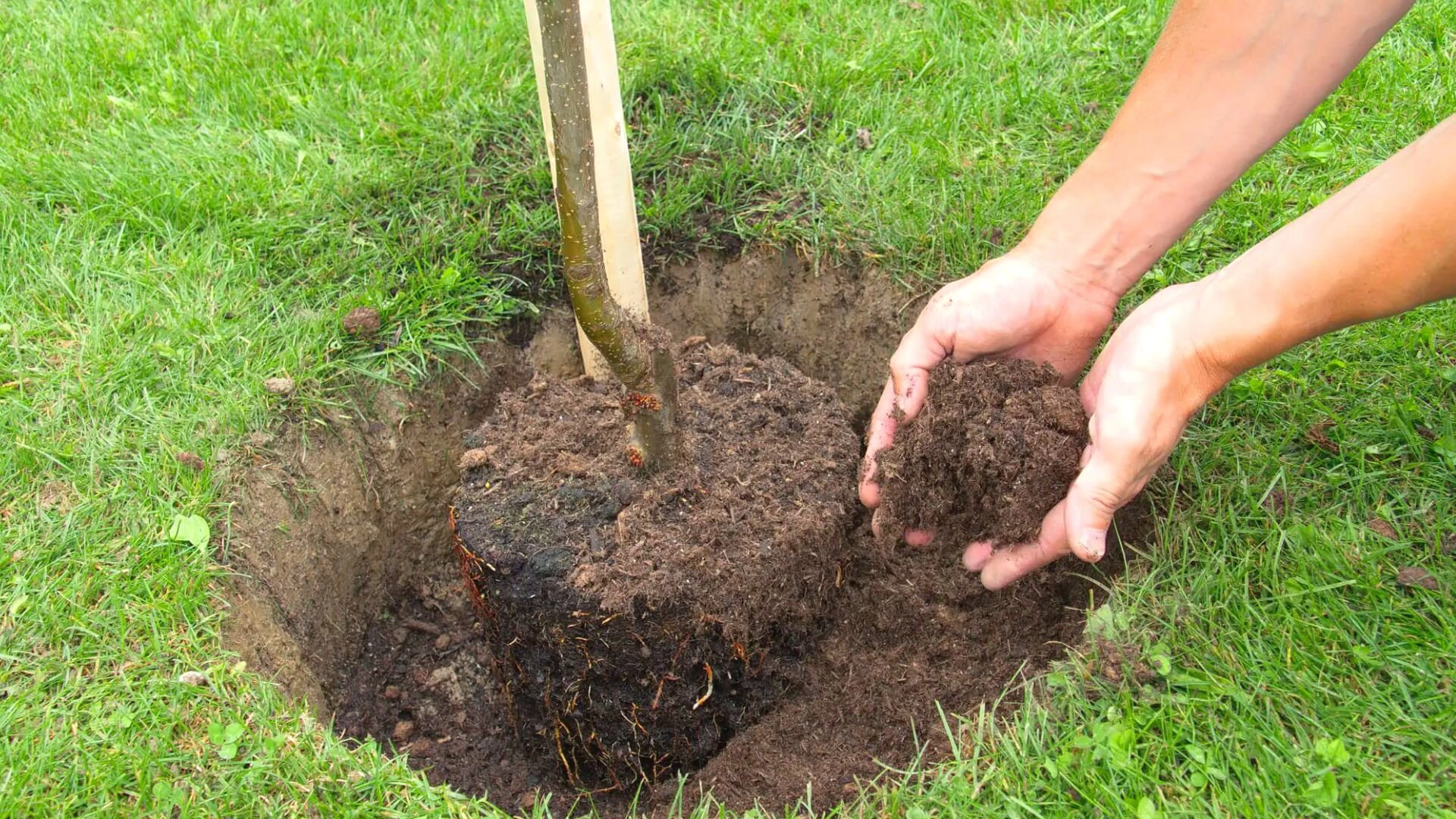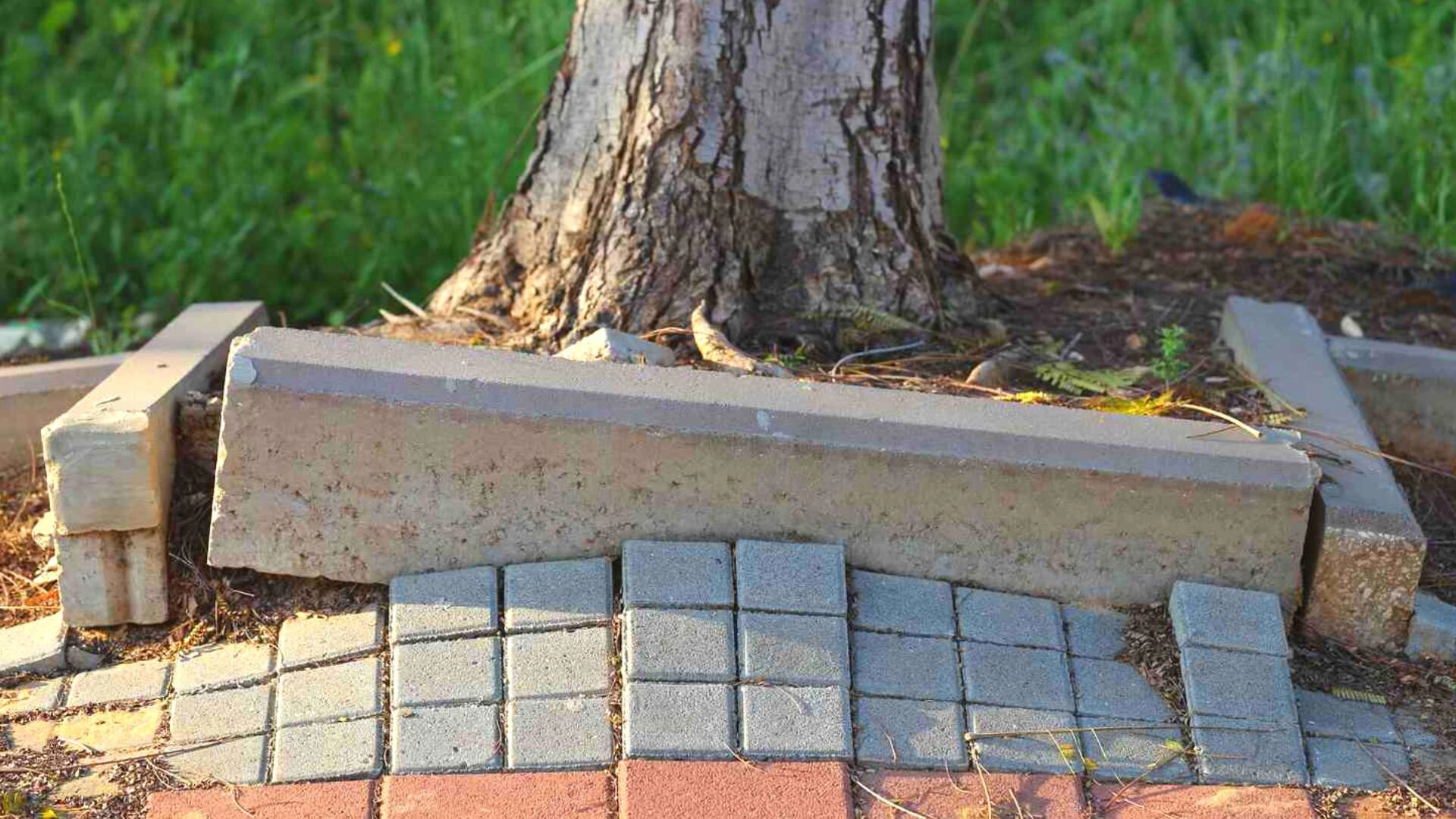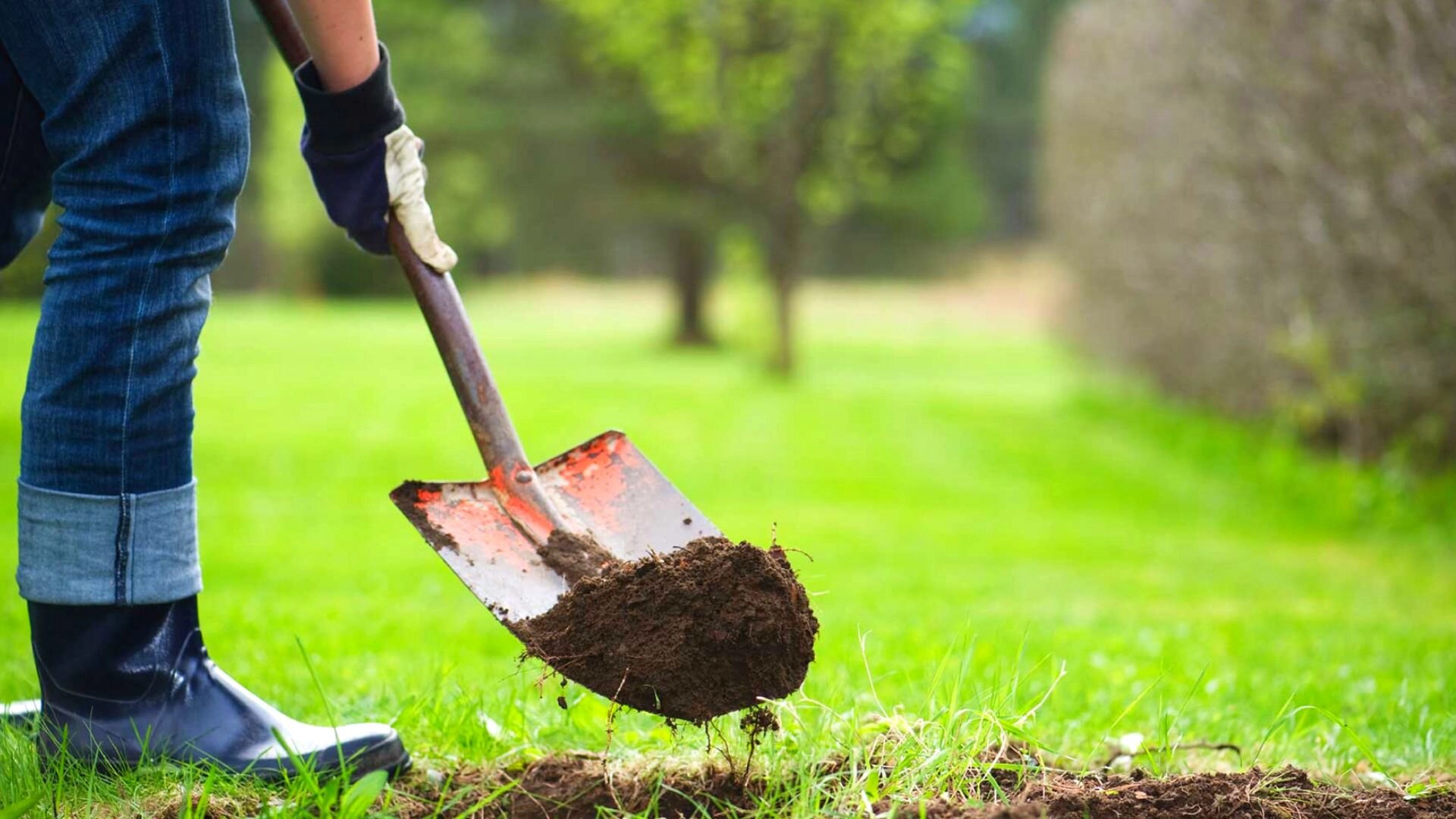When growing a gorgeous garden in their backyard, most people don’t consider it the root cause of clogged or damaged drain pipes .
The fact is that tree roots dig deep into the soil and may penetrate your sewer pipes , causing major plumbing issues. In the long run, these can cost you heavily, as clogged pipes put undue pressure on your plumbing system. Eventually, you’ll be left with clogged drains, a burst pipe and a hefty plumbing repair bill.
So, before you curate that majestic garden, here is all the information you should know about growing trees. Learn everything about why tree roots may grow in pipes and how to avoid them by avoiding a few specific tree species.
Why Growing Trees Near Sewer Lines Is A Bad Idea
A large part of Australia is tropical, meaning trees often grow deep into the soil in search of water and nutrients. Incidentally, sewer lines have abundant water flowing through them at all times, making them an excellent source of water for these roots. This culminates in the roots penetrating these pipes, causing hairline fractures or complete blockages.
That’s not to say that this issue is prominent in tropical areas alone, as subtropical and temperate regions have also faced tree roots damaging pipes. No matter where you live, this issue is a persistent threat to your plumbing system.

Which Trees To Avoid Planting Near Pipes
A few select species of trees are more responsible for burst pipes and damaged plumbing than others. If your heart is set on one of the following tree species, consider planting them no closer than 10 metres from your pipes .
- Birch tree
- Eucalyptus
- Citrus
- Camphor Laurel
- Bottlebrush
- Pines
- Jacaranda
- Magnolias
- Oak
- Pine
- Silver Maple
- Willow
- Fig
- Gum Trees
- Plane Trees
- Poplars
- Hoop Pint
- Adelia
- Bamboo
- Bauhinia
- Camelia
They are highly aggressive and invasive and will wreak untold havoc on your plumbing system if they grow too close to the pipes.
How You Can Avoid Sewer Damage From Trees
Repair costs incurred when dealing with tree root damage can be hefty; avoiding this is in your best interests. So, you can try the following strategies to stop tree roots from damaging your pipes and one of the ways to maintain clog-free drains .

1. Plan While Gardening
Before creating a lush nursery in your backyard, look at the sewer system close to your home. This will give you a good idea of where to plant your trees and whether the roots will be far enough away to leave the pipes unharmed.
Ideally, if you want to minimise root damage in your pipes , you can grow plants with non-invasive roots instead . The below-mentioned species have shorter roots and grow significantly slower than the trees listed above.
- Bay tree
- Japanese Maple
- Feijoa
- Olive tree
2. Install Root Barriers
You can use physical barriers to direct tree roots away from your sewer pipes . These barriers come in solid and permeable varieties that prevent root damage.
Made from plastic or fibreglass to prevent corrosion, solid barriers are an extremely effective way to keep tree roots away from your pipes. There is a notable caveat to their effectiveness, however, as they can stop water from flowing through as well, creating further issues in the event of a clog.
On the other hand, permeable barriers are made from a mesh that allows smaller roots to pass through while keeping larger ones at bay. The important thing to note here is to ensure they are the right size, as an improperly-sized mesh may allow roots to penetrate your pipes.
Remove Tree Root Intrusion From Your Pipes
If you already have tree roots in your sewer lines, a plumber can fix the issue. They’ll put root growth inhibitors to use, dissolving small roots from your sewer pipes. Since small roots are only a tiny fraction of a tree’s root system, this won’t harm the trees much, if at all. On the other hand, larger roots are the primary source of water and nutrients for trees.
Next, your plumber will flush a foaming chemical down the pipes to stop new roots from taking root in your pipes. The solution is simple, effective and takes a few minutes at most. Moreover, you’ll no longer need to worry about these issues occurring again. As for the pipe damage, your plumber will use pipe relining to save you time and money on excavation .

How To Know If Tree Roots Are In Your Pipes
You’ll find no shortage of unusual warning signs of tree root growth in your sewer lines, ranging from minor hitches to more severe plumbing problems. Here are a few ways to detect tree roots in your pipes before facing the latter.
- Foul odour resulting from sewer blockage
- Reduced water pressure
- Unusual noises when using your taps
- Poorly flushing toilet
Avoid Growing Trees Near Your Pipes
You can save yourself from a plethora of plumbing issues by avoiding planting the trees listed above. Root growth in your pipes can make way for devastating damage and piling up repair costs, after all.
Over time, tree roots only become more difficult to manage, so you must maintain constant vigilance . Monitor your garden constantly and have it inspected by professionals to ensure that the trees remain in the safety zone. That way, you’ll stay free of issues for a long time.
Even if you encounter tree roots in your plumbing, you can benefit from the affordable and prompt services offered by Fixed Fast Plumbing . Our trained professionals can handle all the plumbing woes you face, from tree root damage to burst pipes . So, if you encounter any problems of this nature, give us a call !